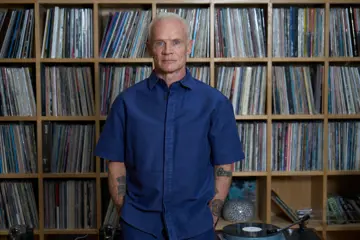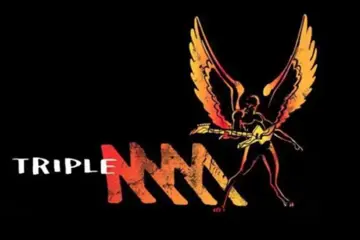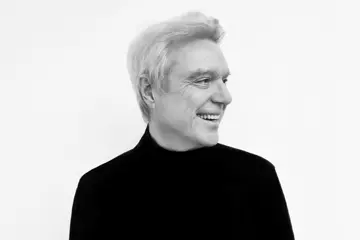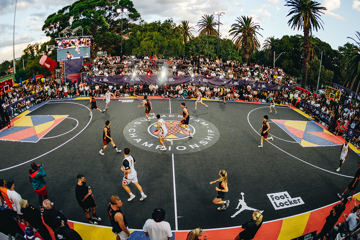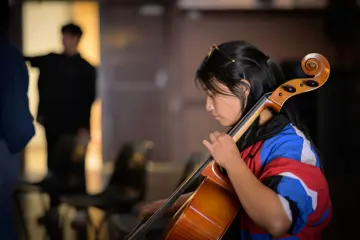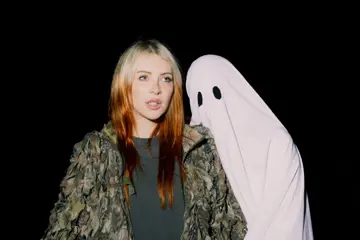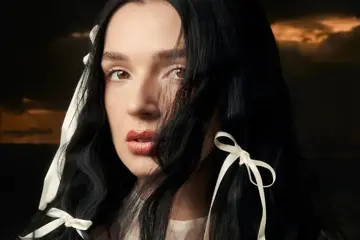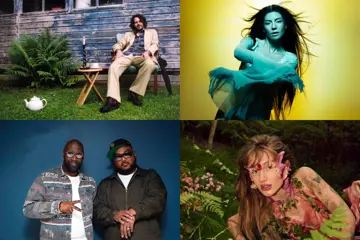Sydney-based artist Jonathon Jones is best known for his fluorescent light installations, works which fuse Aboriginal art with 1960s American Minimalism. For his Biennale work it's the Aboriginal shell midden that is the object of inspiration, ancient mounds of shell artifacts demonstrating the Indigenous interrelationship with country and with marine life.
“A number of years ago I attended a workshop for traditional south-east Australian weaving conducted by Ngarrindjeri leader Yvonne Koolmatrie. Meeting and learning from such a master was something that has continually shaped my own practice. Yvonne's teachings went beyond just being learning techniques. I connected with the way in which Yvonne is able to reach into the past, drawing on her traditions to create contemporary forms that maintain and strengthen her culture while forging new ground. I think I was the only Aboriginal student in that class and Yvonne welcomed me and looked after me and she has been a guiding light in my practice.
“The relationship between Aboriginal art and minimalism? As a Wiradjuiri Kamilaroi artist I'm interested in mapping, country, culture and community. Light has always provided a medium that best represents the fluidity and adaptability of these concepts. Early minimalism movements have a direct and simple relationship to materials, often basic familiar materials, engaging with low technology. I connect with this immediacy of minimalism in form and construction.”
Jones prefers to work with domestic/familiar materials, like fluorescent lights, as a way of connecting art and the concepts that he is interested in with the everyday and the real. “This way people can connect with work personally, through their own understanding and engagement with the material,” he suggests, “and for the work untitled (oysters and teacups), I have used thousands of old teacups purchased through a variety of outlets including opportunity shops on my travels throughout rural NSW over the past year or more.”
Don't miss a beat with our FREE daily newsletter
“The theme of collaboration?” he adds when asked. “Other Biennale artists are bringing teacups from throughout the globe, strengthening the connection to the Biennale concept of th 18th Biennale of Sydney: All Our Relations. The bulk of the oysters have been collected in the Clyde River in the south coast of NSW and many have been collected over the years from family gatherings, special events and occasions. Together the two vessels, the oyster shells and teacups, represent countless engagements and gatherings, collectively holding something more than the sum of the parts.”
The 18th Biennale Of Sydney: All Our Relations runs from Wednesday 27 June to Sunday 16 September.


